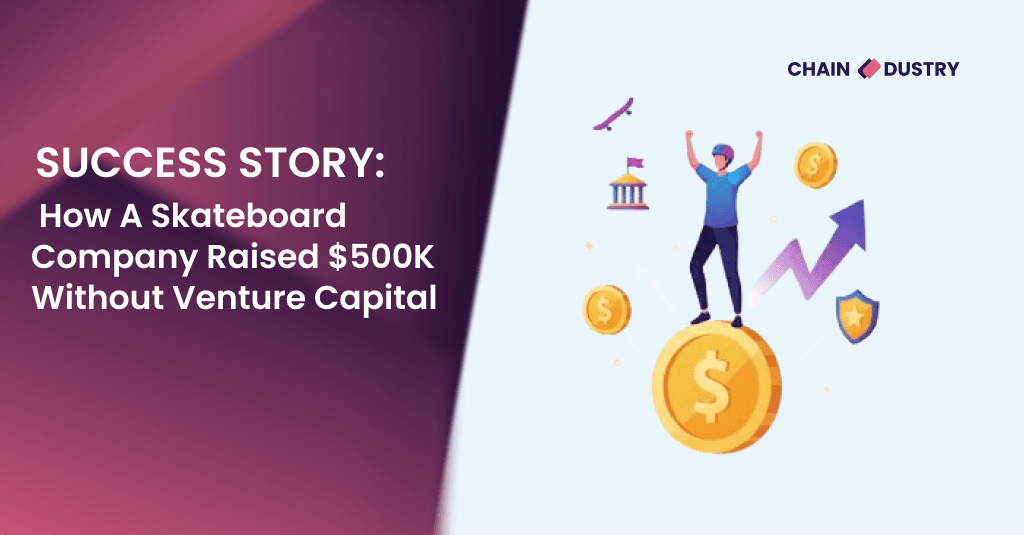Introduction
In the traditional Web2 world, communities exist around brands, but they rarely own anything. Followers might support, like, or share but real decision-making stays centralized. Web3 flips that script completely. With Decentralized Autonomous Organizations (DAOs), communities don’t just engage; they govern, vote, and share ownership.
DAOs are changing what it means to belong to a community. Instead of being passive consumers, members become active stakeholders. From NFT projects and social clubs to venture funds and creator collectives, DAOs are giving power and profit back to the people.
What Is a DAO, and Why Does It Matter?
A DAO (Decentralized Autonomous Organization) is a blockchain-based structure that allows people to organize and make collective decisions without a central authority. It runs on smart contracts that are transparent, tamper-proof codes that automatically execute community decisions.
In a DAO, members use tokens to vote on proposals, allocate funds, and shape the direction of the project. It’s democracy, powered by code.
The rise of DAOs matters because it bridges the gap between community participation and real ownership. It’s no longer about “supporting” a project it’s about building it together.

Real-World Examples of DAO-Led Ownership Models
DAOs aren’t theoretical experiments anymore. They’re reshaping how online communities function and how value circulates.
1. Friends with Benefits (FWB):
A DAO that operates as a cultural membership club, where token holders gain access to exclusive events, collaborations, and creative opportunities. It shows how DAOs can merge social and financial capital to build strong communities.
2. PleasrDAO:
Focused on collecting and curating culturally significant digital art, PleasrDAO allows members to co-own iconic NFTs. The collective nature of its purchases turns art ownership into a shared experience.
3. BanklessDAO:
A community-driven media organization focused on spreading financial freedom through education and decentralized finance. Members propose, vote, and execute content strategies, proving how DAOs can replace traditional corporate hierarchies.
These examples reveal that DAO ownership models aren’t just buzzwords, they’re functioning ecosystems where collaboration, governance, and reward are decentralized.
The Benefits and Challenges of DAO Governance
Benefits:
1. Transparency: Every transaction and vote is visible on-chain, reducing corruption.
2. Inclusivity: Anyone with tokens can participate, there's no boardrooms or gatekeepers.
3. Community alignment: Members are financially and emotionally invested in the project’s success.
Challenges:
1. Voter apathy: Many token holders fail to participate in governance.
2. Coordination complexity: Decision-making can be slow and fragmented.
3. Regulatory uncertainty: Governments are still figuring out how to classify DAOs legally.
Despite these hurdles, DAOs are evolving fast. Developers are introducing new voting mechanisms, on-chain reputation systems, and tools to make participation easier and more equitable.
The Future of Ownership and Community
In Web3, the line between user and owner blurs. People are no longer content to be passive fans; they want to shape the platforms they use and share in their growth. DAOs make this possible by aligning incentives so when the community wins, everyone wins.
We’re witnessing a cultural shift from centralized control to shared responsibility. Whether you’re building a product, launching a token, or growing a brand, thinking “DAO-first” could redefine your relationship with your audience.
Conclusion
DAOs aren’t just a trend, they’re the blueprint for how communities, companies, and creators will operate in the next decade. By turning followers into stakeholders, they’re rewriting the rules of digital ownership.
The question isn’t if your community will improve into a DAO, it’s when.
